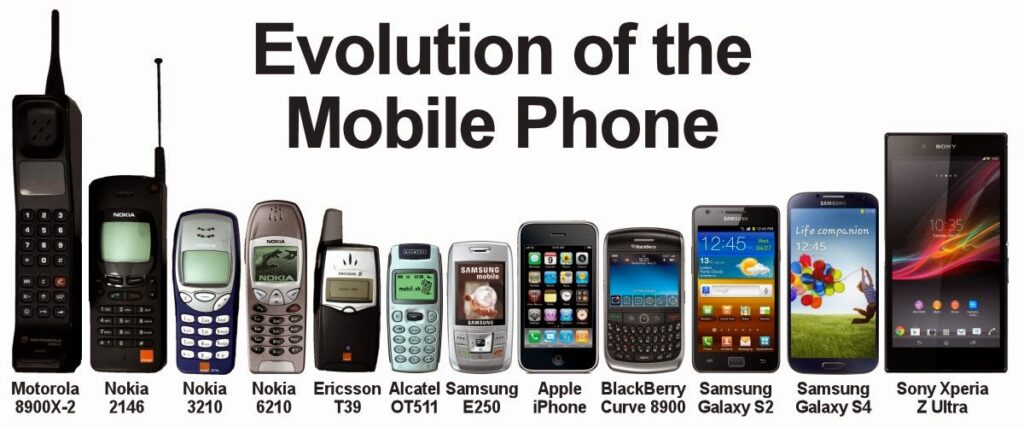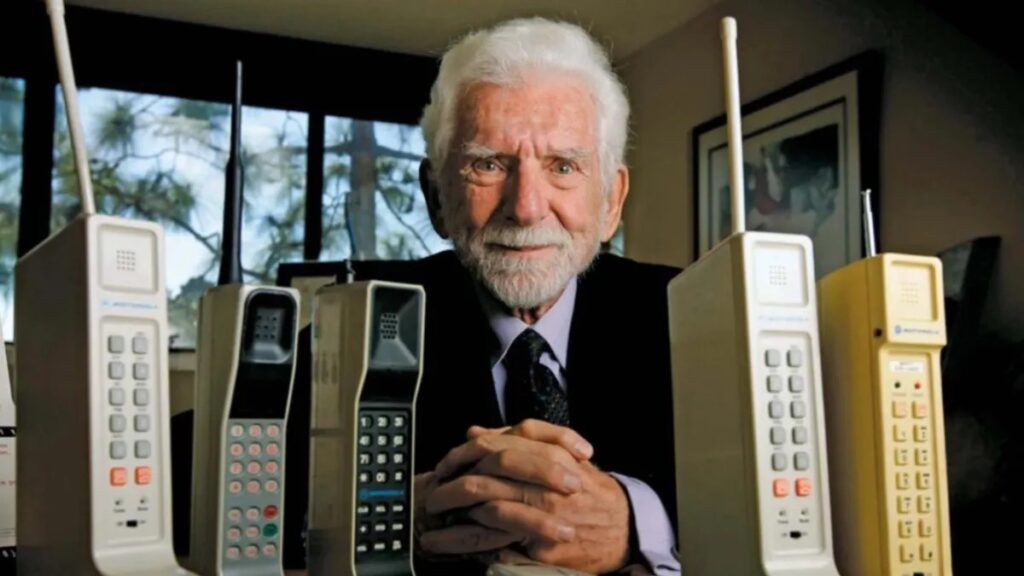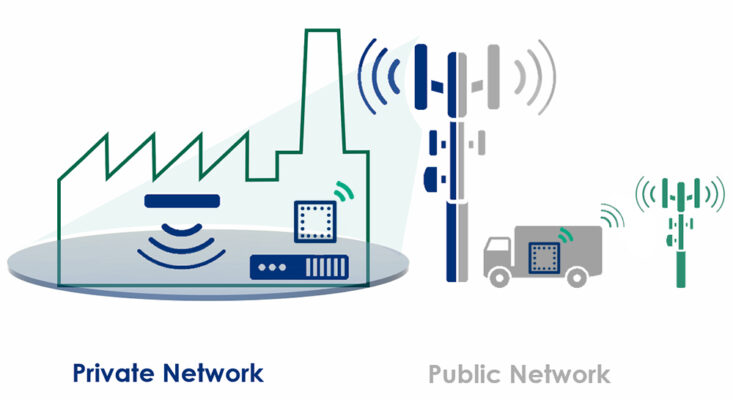In today’s world of rapidly evolving technology, the terms mobile phone and cell phone are often used interchangeably. However, there are subtle distinctions between the two that can impact understanding, especially in different regions and technical contexts. This article provides an in-depth comparison of mobile phones vs. cell phones, explaining their differences in terminology, functionality, and historical context.
Definition and Basic Differences
What is a Mobile Phone?
A mobile phone is a broad term that refers to any portable telephone that can make and receive calls over a wireless network. Mobile phones are designed for wireless communication and can operate over various technologies such as cellular networks, satellite systems, and even Wi-Fi calling.
What is a Cell Phone?
A cell phone is a specific type of mobile phone that relies on a cellular network to function. The term originates from the way cell phones work—by connecting to a series of cell towers, each covering a certain geographical area, or “cell.” This technology enables seamless communication as users move from one cell to another.

Historical Context and Evolution
The history of mobile communication dates back to the mid-20th century. Early mobile phones were large, cumbersome devices primarily used for business purposes. The first commercially available mobile phone, the Motorola DynaTAC 8000X, was released in 1983 and was essentially a cell phone, as it relied on cellular network technology.

Over time, advancements in wireless technology led to the development of smartphones, which incorporate not only voice communication but also internet access, multimedia functionality, and app ecosystems. Today, the term mobile phone is more commonly associated with modern smartphones, whereas “cell phone” is often used to refer to basic feature phones that primarily focus on calling and texting.
Key Differences Between Mobile Phones and Cell Phones
| Feature | Mobile Phone | Cell Phone |
|---|---|---|
| Definition | Any portable device for wireless communication | A mobile phone that uses a cellular network |
| Technology | Cellular, satellite, Wi-Fi, or other networks | Relies specifically on cellular networks |
| Functionality | Voice calls, texting, internet, apps, multimedia | Primarily voice calls and texting |
| Usage Context | Global term encompassing all wireless phones | Commonly used in North America for basic phones |
| Smartphone Compatibility | Includes modern smartphones | Typically refers to non-smartphone devices |
Network Technology Differences
Cellular Networks
Cell phones operate within a network of cell towers, enabling users to make and receive calls while on the move. These networks include 2G, 3G, 4G, and 5G technologies, each offering faster and more reliable service.

Mobile Communication Beyond Cellular
Unlike traditional cell phones, modern mobile phones can connect via Wi-Fi, Bluetooth, NFC, and satellite communication, making them versatile in areas with poor cellular coverage. Devices such as satellite phones also fall under the category of mobile phones but are not considered cell phones since they do not rely on cellular towers.
Regional Terminology Differences
The distinction between “mobile phone” and “cell phone” is also influenced by geography:
- United States & Canada: The term “cell phone” is more common due to its reliance on cellular technology.
- United Kingdom & Australia: The term “mobile phone” is widely used, as it describes a device that is not fixed to a landline.
- Rest of the World: Most countries use “mobile phone” to refer to any wireless telephone device.
Smartphones: The Modern Mobile Phone
Today, the term “mobile phone” is almost synonymous with “smartphone.” Devices such as the iPhone, Samsung Galaxy, and Google Pixel offer advanced capabilities beyond traditional voice calls. These smartphones utilize mobile data, cloud storage, and artificial intelligence, distinguishing them significantly from early-generation cell phones.

